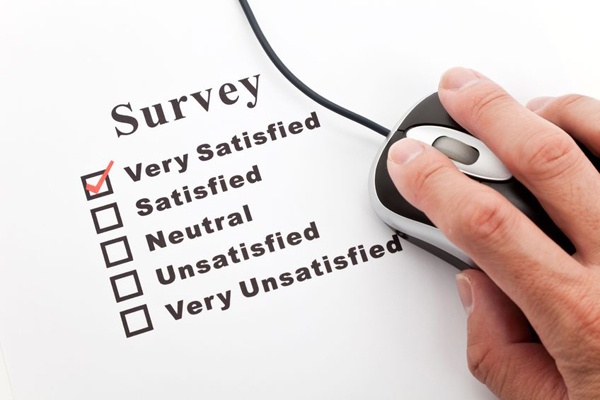
You'd think employees of restaurants know why it is important to collect customer feedback, right? Not to say that your employees don't care about customers in general, but I wonder if they understand that the data customers give management can be leveraged into profits and improve job satisfaction! Let's take a look at how this could be.
The importance of Customer Feedback
Sometimes restaurant operators will focus too much on the raw data such as item orders, customer traffic, sales, etc. These metrics are great and all but there is more to focus on here. The overall goal is to put all this information together to understand if there are comprehensive ways to improve business.
Restaurants get surveyed frequently and may not even know it. In the internet age, any customers can post their experiences online using popular review sites like Yelp or Google Business. When you collect customer feedback for your locations, you are gauging how your restaurant is doing at one particular moment in time. The goal is to apply the specific improvements needed (as identified in the survey) to each location.
Before You Get Started
- Understand what you want to measure
- Why that information is important
- How that information will benefit you
Don't assume that customers behave in a particular way. Let the data tell you what's going on. Maybe you want to track performance at the store or employee level.
Survey Must Haves
1. Gratitude Towards Feedback
The look and feel of a survey are not as important as the message it communicates: "We care about our customers, employees, and business - Help us improve." Feedback tends to be more honest if the customers feel that their responses will make a difference.
2. Survey Simplicity
The common term for complex questionnaires is "Survey Fatigue". You want to avoid this syndrome. Keeping your questions short, simple, and straight to the point is the name of the game. Have a clear objective like speed of service, cleanliness, friendliness, etc. 8-12 questions is a good range to stay in.
3. The Right Questions
Make sure your questionnaire has both metric driven and subjective questions. This will help in two ways. The measurable feedback will give you historical data to see if you are improving and the opinionated responses will offer you prospective solutions you may not have considered.
Information Collected, Now What?
Once you've collected your survey information based on the metrics you're looking to measure you'll want to dig into in a couple of ways. First, you can choose to compare the metrics to a standard or desired result. Using your reporting tool you can set up a Key Performance Indicator which lets you easily see if the metrics are being met with a Green, Yellow or Red label. You should look at the metrics at both the store and employee level. You can also rank the stores or employees by performance. This will let you see who your top performers really are. You may want to reward your top performers and have them train or mentor your lower performers. Another way to look at how the stores stack up to each other is through a scorecard. The scorecard can give you the ability to give more weight to certain areas that are more important for your store's performance.
You'll also want to look for trends. Is there a server that consistently ranks low in a certain area. Would more training help them or is it time to let them go? Does the store receive the most complaints during the busy lunch hour? Dig deeper and see if the store is being properly staffed for the amount of customers that are coming through during that time.
One of our clients, TMac, told us that before they started organizing information there were certain employees they thought were top performers but didn't have any data to back it up. They chose to measure employee performance in areas that drove profits like loyalty program sign-ups and dessert & appetizer sales. The managers were shocked to find the employees they thought were driving the business really weren't. The data allowed them to see which employees needed extra training which led to improvements in employee performance and overall store performance.
Customer surveys are a great way to tip you off to problems areas in your restaurant operations. Having all your data in one location helps you dig deeper into those problem areas and turn those dissatisfied customers into Satisfied customers that are happy to sing your praises.
What Are Your Thoughts?
Are you surveying your restaurants?
If so, how do you go about it? Do you use a third party?
How do you analyze the feedback?
About Mirus:
Mirus is a multi-unit restaurant reporting software used by operations, finance, IT, and marketing.
For more information, please visit: www.mirus.com
Watch Mirus reporting demonstrations and client insights on our YouTube Channel
If you enjoyed this blog, please share this post by using the social buttons at the top of the page and make sure to leave your thoughts in the comment section below!









